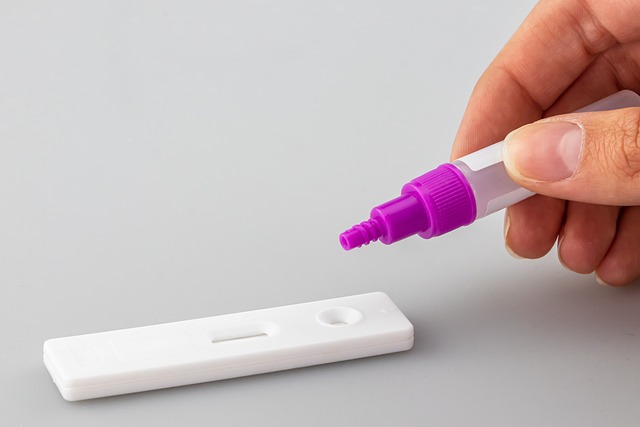Protecting children from lead paint in San Antonio homes is crucial due to the health risks associated with lead-based paint in older residences built before 1978. Strict EPA-compliant procedures, including regular testing and abatement by certified professionals, ensure safe removal of contaminated materials. Education, inspections, containment during renovation, and proactive cleaning practices further mitigate risks, fostering healthier living environments for San Antonio families.
In San Antonio, understanding and mitigating lead paint risks are paramount for protecting children’s health. With potential hazards lurking in older homes, EPA-compliant lead testing procedures are essential tools for ensuring safety. This article delves into the critical aspects of lead paint risk assessment, safe testing methods, and effective mitigation strategies specifically tailored to San Antonio’s housing landscape. By following best practices, we can safeguard our children from the detrimental effects of lead exposure.
- Understanding Lead Paint Risks in San Antonio Homes
- EPA-Compliant Lead Testing Procedures for Safety
- Protecting Children: Implementing Effective Lead Mitigation Strategies
Understanding Lead Paint Risks in San Antonio Homes

Lead paint poses a significant risk to children’s health, especially in older San Antonio homes. Many homes built before 1978 may contain lead-based paint, which can result in severe neurological damage and developmental issues if not properly managed. Given that children are more susceptible to lead poisoning, protecting them from these dangers is paramount.
To safeguard children from lead paint in San Antonio homes, it’s crucial to follow EPA-compliant procedures during renovation or remodeling projects. These guidelines ensure that any lead-contaminated materials are safely removed and disposed of, minimizing the risk of exposure for both residents and workers. Regular testing and abatement efforts contribute to creating healthier living environments for families across the city.
EPA-Compliant Lead Testing Procedures for Safety

Ensuring EPA-compliant lead testing procedures is paramount for protecting children from lead paint in San Antonio homes. These rigorous protocols are designed to identify and mitigate risks associated with hazardous levels of lead, a toxic metal that can cause severe health issues, especially in young children. The Environmental Protection Agency (EPA) sets the standards, emphasizing safety measures to prevent exposure and remove contaminated materials effectively.
One critical aspect is employing certified professionals who understand the EPA’s guidelines for sampling and analyzing paint chips and dust. This involves using appropriate personal protective equipment (PPE) during testing to safeguard both residents and testers from potential lead ingestion or inhalation. Proper collection and handling of samples, along with accurate laboratory analysis, are essential steps in these procedures, ensuring that San Antonio homes meet the safety standards for protecting children from the dangers of lead paint.
Protecting Children: Implementing Effective Lead Mitigation Strategies

In San Antonio, protecting children from the dangers of lead paint is of utmost importance. Lead-based paint was commonly used in older homes, and its deterioration can result in harmful lead particles becoming airborne or settling on surfaces, posing significant risks to young inhabitants. Therefore, it’s crucial to implement effective lead mitigation strategies when it comes to protecting children from lead paint in San Antonio homes. Regular inspections, proper containment during renovation projects, and the use of certified lead-safe work practices are essential steps towards ensuring a safe living environment for kids.
Effective lead mitigation begins with education and awareness. Homeowners should be informed about the potential risks associated with lead paint and encouraged to take proactive measures. This includes regular cleaning to minimize dust, preventing children from eating or chewing on painted surfaces, and scheduling professional inspections, especially before a child starts playing in an older home. By combining these strategies, protecting children from lead paint in San Antonio homes becomes a manageable task, contributing to their overall health and well-being.
In conclusion, understanding and adhering to EPA-compliant lead testing procedures are paramount for protecting children from the harmful effects of lead paint in San Antonio homes. By implementing effective lead mitigation strategies, we can ensure safer living environments, foster healthy development in our youth, and contribute to a brighter future for our community.
